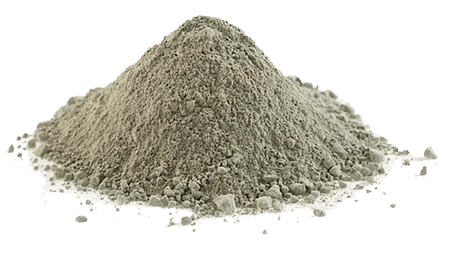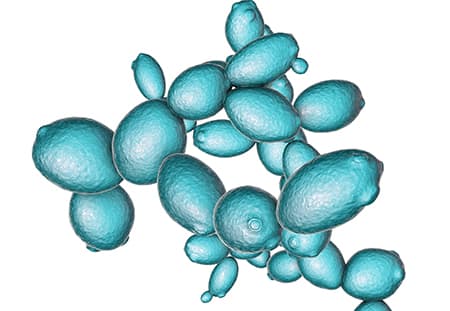ADSORPTION
BIŌNTE QUIMITŌX® responds to the challenge of detoxification in animal nutrition through two lines of work: Adsorption and Bioprotection
The use of mycotoxin adsorbents, also called mycotoxin sequestrants, binders, captators or grabbers, is the most common method of preventing mycotoxicosis.
Mycotoxin adsorbents are compounds of high molecular weight, non-digestible, capable of adsorbing mycotoxins without dissociating throughout the gastrointestinal tract of the animal, so that the mycotoxin-adsorbent complex is eliminated in the feces. This limits the bioavailability of the mycotoxin after ingestion as well as its distribution in the blood and target organs, minimizing its exposure to animals.
Mode of action and factors influencing its efficacy
The mycotoxin-adsorbent complex must not dissociate, and be stable in the gastro-intestinal tract. Its stability depends mainly on the pH and is related to the physical properties of the adsorbent.

The adsorption efficiency of mycotoxins depends on the molecular structure and physical properties of the adsorbent, as well as the physical and chemical properties of the mycotoxins. The physical properties involved in the adsorption process are pore size and distribution, total charge and charge distribution, and accessible surface area. On the other hand, different properties of adsorbed mycotoxins also play an important role, such as polarity, shape, size, low surface area and solubility, as well as uncoupling and charge distribution (in the case of ionized compounds).
Types
Mycotoxin adsorbents are divided into two groups: inorganic and organic adsorbents. Inorganic adsorbents are mainly aluminosilicates, which are the largest class of mycotoxin adsorbents and the most widely used to counteract mycotoxicosis. Regarding aflatoxins, bentonites are reported to be the most promising adsorbents, however, not all bentonites are equal.
As for organic adsorbents, cell wall components derived from Saccharomyces cerevisiae yeasts are the most widely used materials. Yeast cell walls are mainly composed of β-glucans and mannan oligosaccharides (MOS) and showed the ability to adsorb a broader spectrum of mycotoxins both in vitro and in vivo.





